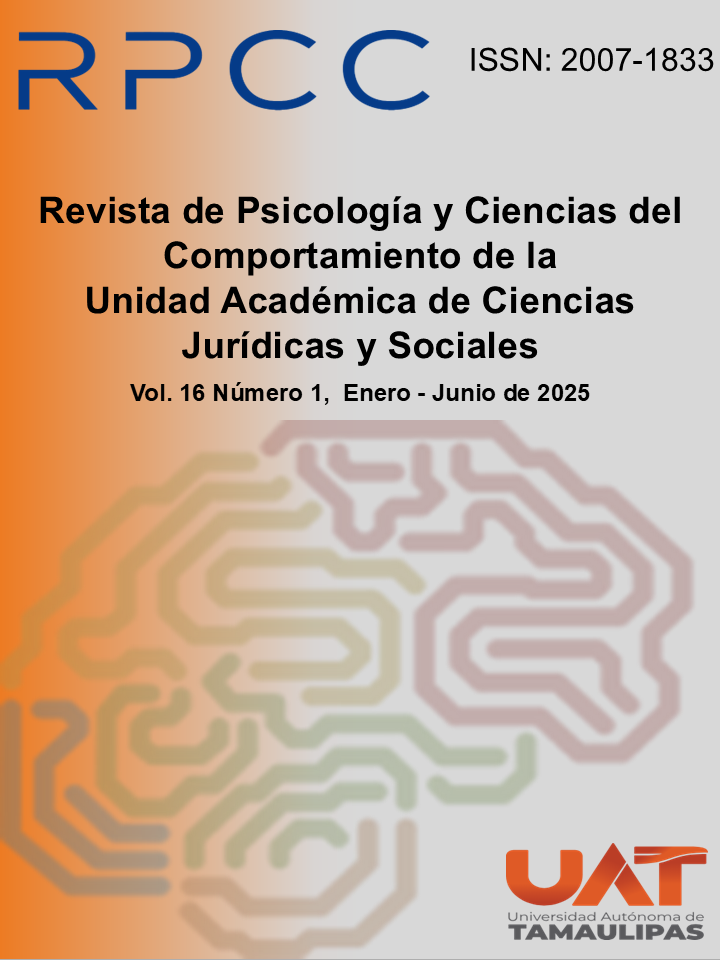The Challenge of learning in flexible environments: A case study from Activity Theory
DOI:
https://doi.org/10.29059/rpcc.20250601-197Keywords:
activity theory, teaching-learning process, motives, orientation, flexible learning environmentAbstract
Este artículo analiza el proceso de enseñanza-aprendizaje en ambientes flexibles desde la Teoría de la Actividad (TA). Se realizó un estudio de caso cualitativo basado en observación para describir la organización y dinámica del Club Bloques de Historia, desarrollado en una escuela primaria de México. Participaron 23 estudiantes de 8 a 11 años y dos docentes con 2 y 17 años de experiencia. Se analizaron motivos, objeto, objetivos, orientación y resultados. Los hallazgos indican que los motivos que impulsan las acciones de los estudiantes y el objeto de su actividad no se alinean con los objetivos educativos. Mientras que la orientación se centra en la actividad constructiva, los objetivos plantean el aprendizaje histórico. La investigación resalta que la Teoría de la Actividad permite visibilizar el sistema de acciones en ambientes flexibles y destaca la orientación como un factor clave para activar motivos cognitivos. Los resultados se discuten en términos de las acciones que contribuyen a la construcción de conocimientos y habilidades intelectuales específicas. Se concluye que la TA permite identificar los desafíos que implica la organización del aprendizaje en ambientes flexibles.
Downloads
Published
Issue
Section
License

This work is licensed under a Creative Commons Attribution-NonCommercial-ShareAlike 4.0 International License.
Those authors who have publications with the Journal of Psychology and Behavioral Sciences of the Academic Unit of Legal and Social Sciences, accept the following terms:
a. The authors will retain their copyright and guarantee the journal the right to first publish their work, which will be simultaneously subject to the Creative Commons Attribution-NonCommercial-Share Alike 4.0 International License. which allows third parties to share the work as long as its author and his first publication are indicated this journal.
b. Authors may adopt other non-exclusive license agreements for the distribution of the version of the published work (e.g., deposit it in an institutional telematic archive or publish it in a monographic volume) provided that the initial publication in this journal is indicated.
C. Authors are allowed and recommended to disseminate their work through personal communication (e.g. colleagues) before and during the submission process, for purposes of feedback or enrichment of the work, which can produce interesting exchanges








